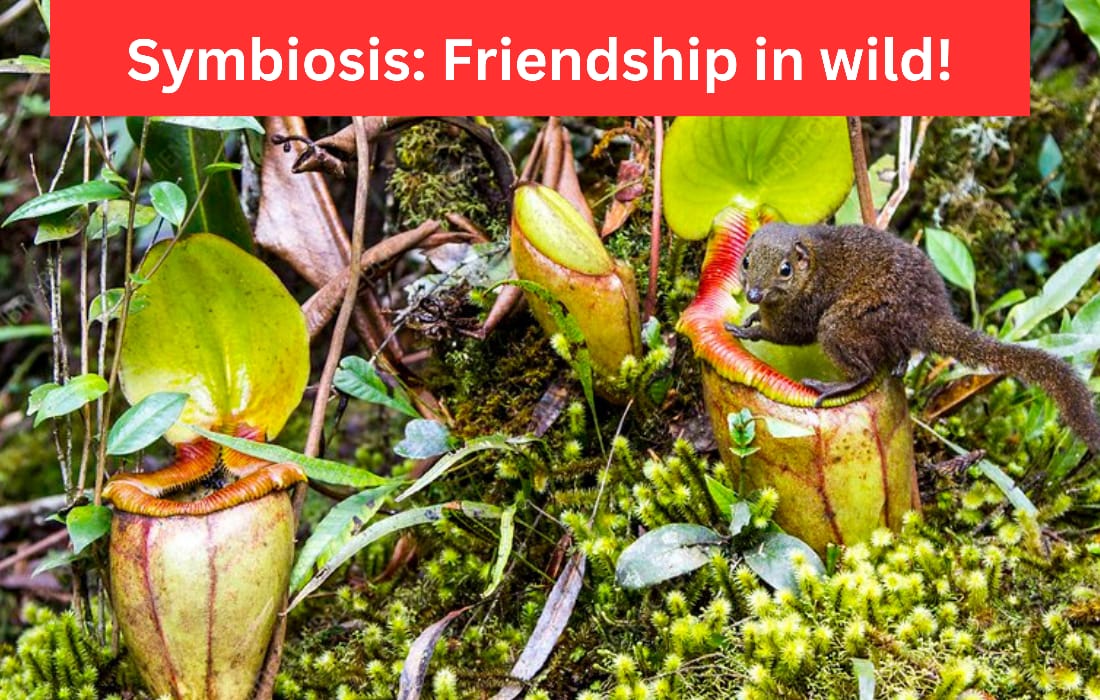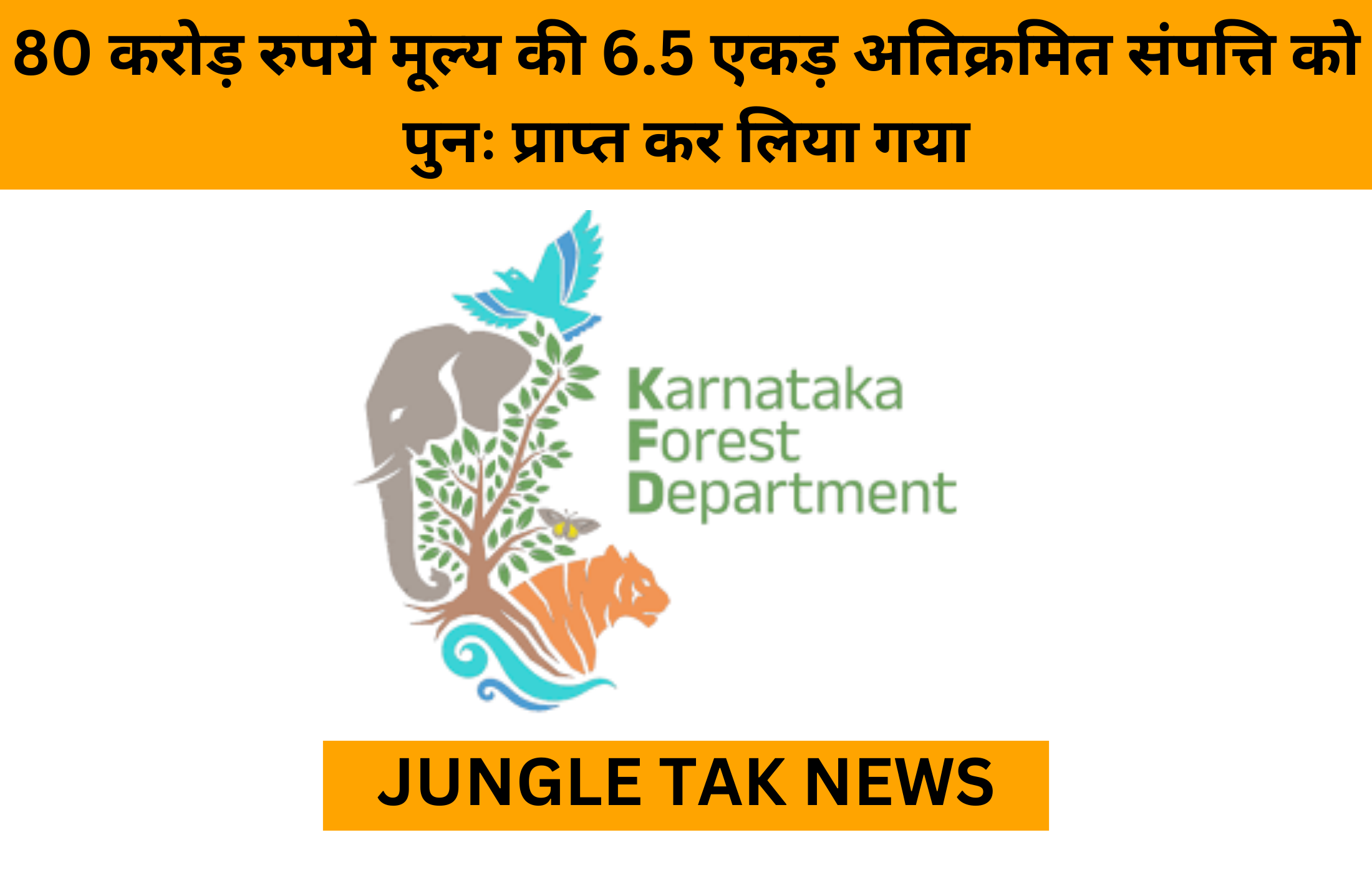INDIA’S EXTRAORDINARY WILDLIFE: A Journey Through Unique And Endangered Species
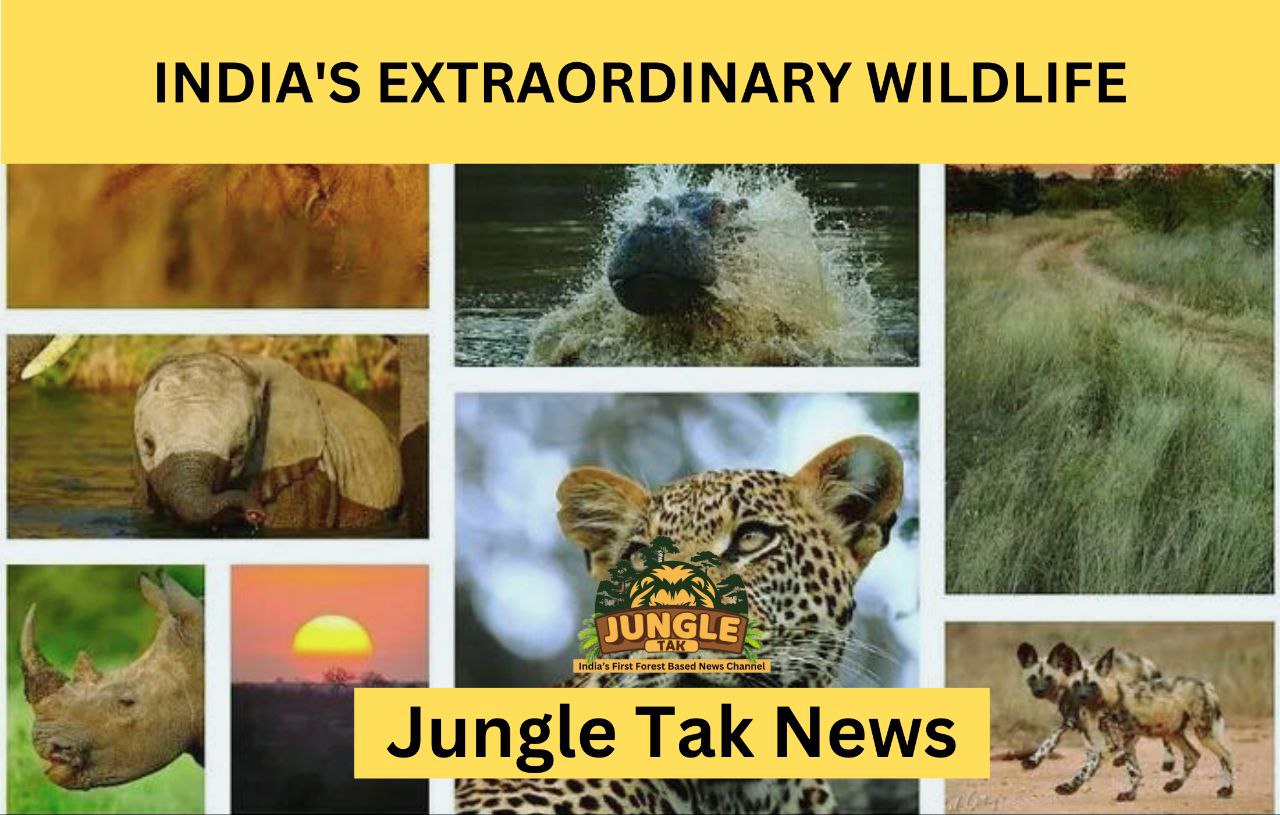
India, known for its rich and diverse wildlife, is home to some of the most fascinating species on the planet. From the towering Himalayas to the lush Western Ghats and the dense Sundarbans, India’s varied landscapes provide a haven for a myriad of extraordinary animals.
Here’s a look at ten remarkable species that grace the wilderness of India.
1. Bengal Tiger
The Bengal tiger, India’s national animal, is renowned for its power and beauty. With its striking orange coat and black stripes, this apex predator is found in various reserves such as Ranthambore, Sundarbans, and Bandhavgarh. Conservation efforts have helped stabilize its population, making it a symbol of wildlife protection in India.

2. Asiatic Lion
Once roaming across Asia, the Asiatic lion now survives in the Gir Forest National Park in Gujarat. These lions are slightly smaller than their African cousins but hold a majestic presence. Efforts to expand their habitat and increase their numbers have seen positive results.
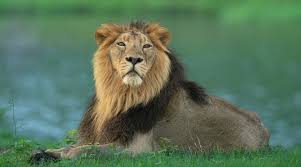
3. Indian Elephant
The Indian elephant, a subspecies of the Asian elephant, is revered and culturally significant. Found in forests of Assam, Kerala, and Karnataka, these gentle giants play a crucial role in their ecosystems by aiding in seed dispersal and maintaining forest health.
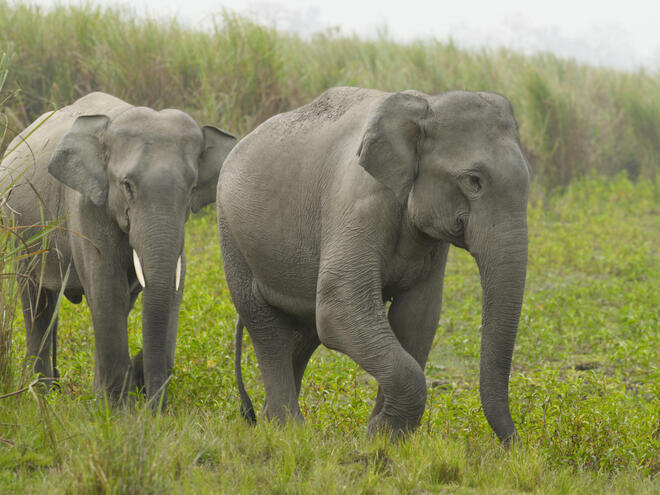
4. Snow Leopard
Often referred to as the “Ghost of the Mountains,” the elusive snow leopard inhabits the high-altitude regions of the Himalayas. With its thick fur and long tail, this predator is well-adapted to the cold, rugged terrain. Conservation programs aim to mitigate human-wildlife conflict and protect its habitat.
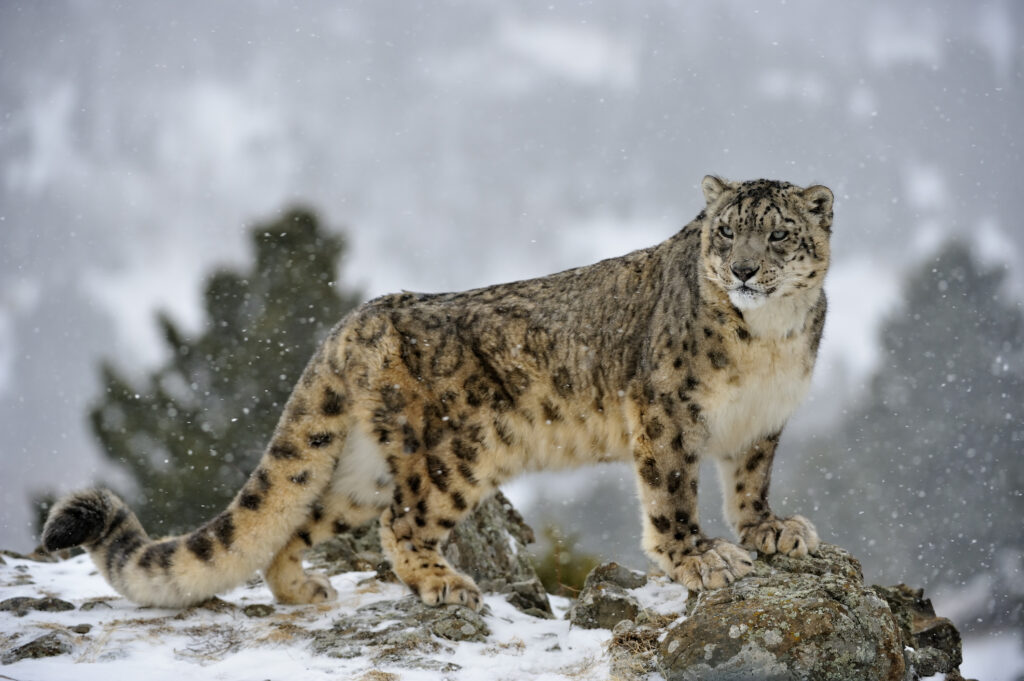
5. Indian Rhinoceros
The one-horned Indian rhinoceros is primarily found in Assam’s Kaziranga National Park. Known for its thick, armor-like skin, this rhino species has seen a resurgence thanks to rigorous anti-poaching efforts and habitat restoration initiatives.

6. Red Panda
The adorable red panda, with its reddish-brown fur and bushy tail, inhabits the temperate forests of the Eastern Himalayas. Conservation programs focus on protecting its habitat from deforestation and addressing issues related to its fragmented population.
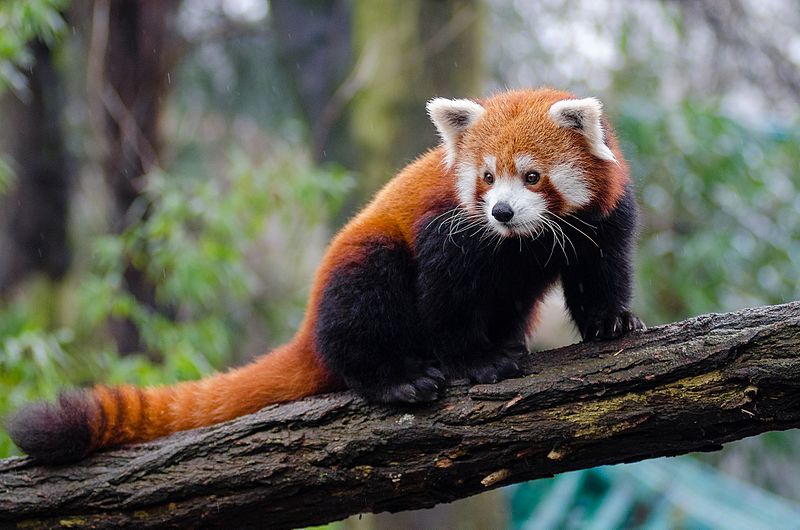
7. Indian Leopard
Adaptable and elusive, the Indian leopard is found across various landscapes, from forests to urban areas. Despite its adaptability, the leopard faces threats from habitat loss and human-wildlife conflict, necessitating focused conservation strategies.

8. Ganges River Dolphin
The Ganges river dolphin is a freshwater species found in the Ganges-Brahmaputra-Meghna river systems. This blind dolphin uses echolocation to navigate and hunt, but faces severe threats from pollution, habitat fragmentation, and accidental capture in fishing nets.

9. Indian Peafowl
The Indian peafowl, or peacock, is the country’s national bird and is celebrated for its vibrant plumage and courtship display. Found across India, peacocks hold cultural and religious significance and are often seen in forested areas and rural landscapes.

10. Great Indian Bustard
Critically endangered, the Great Indian Bustard is a large ground bird found in the grasslands of Rajasthan and Gujarat. Conservation efforts focus on habitat protection and breeding programs to save this species from the brink of extinction.
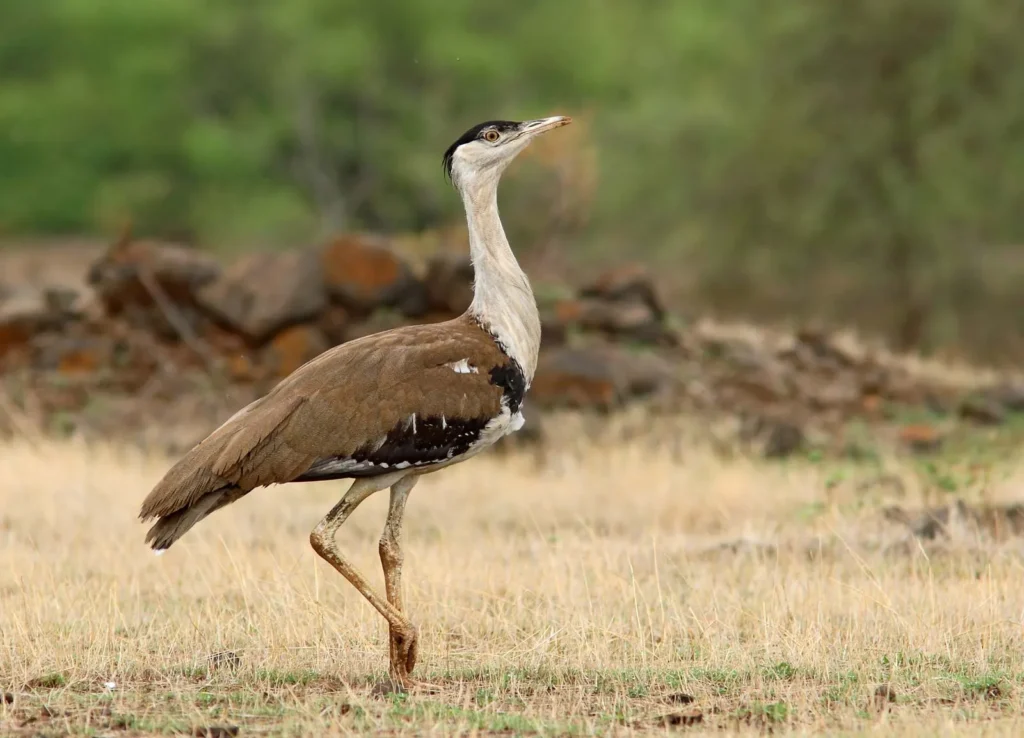
Conservation Challenges and Efforts
While these species highlight India’s rich biodiversity, they also underscore the urgent need for conservation. Habitat loss, poaching, climate change, and human-wildlife conflict are significant challenges. However, dedicated efforts by government agencies, NGOs, and local communities continue to strive towards preserving these magnificent animals.
India’s wildlife heritage is not only a natural treasure but also a vital component of the nation’s ecological balance. By promoting awareness and supporting conservation initiatives, we can ensure that these extraordinary species thrive for generations to come.
























